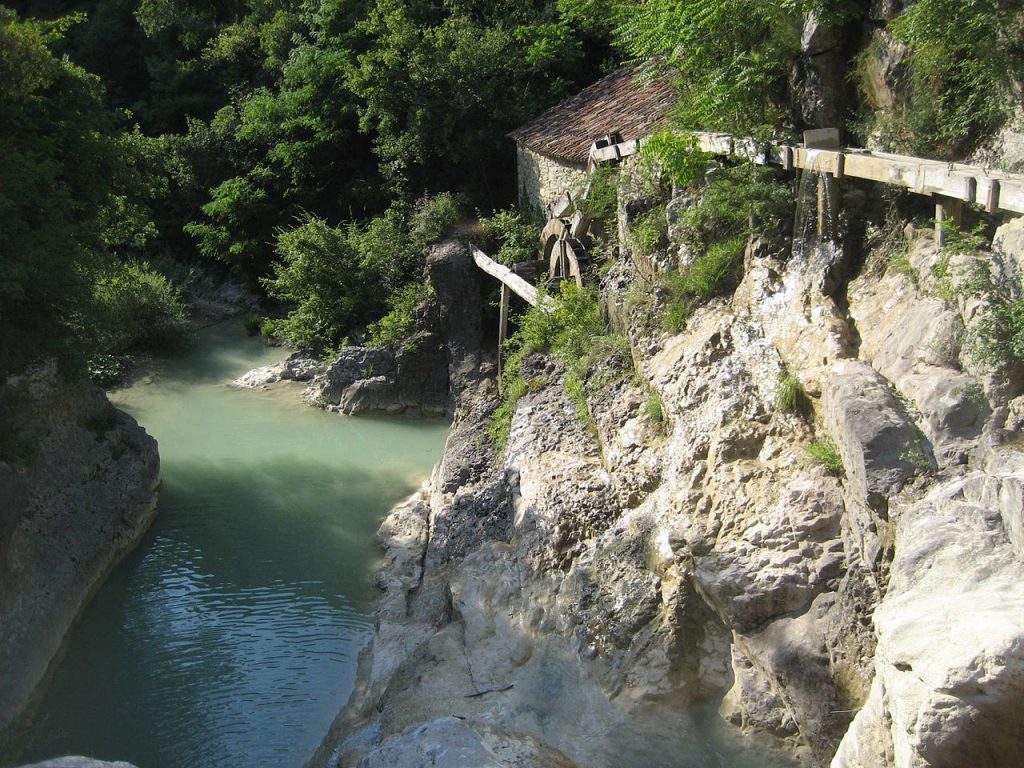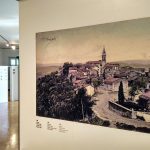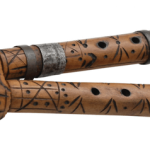Following the story of Jure Grando the vampire, a look at another gem of the Istrian folklore on January 18, 2018
While Istria’s most popular hotspots are located on the coast, the inland part of the region is sprinkled with numerous picturesque towns and villages perched on top of various hills. According to the local lore, there’s a bewildering story behind their charming townhouses and narrow cobblestone alleys: the towns were built by giants.
An old Istrian legend says the valley of the Mirna river used to be inhabited by giants who tended to the land and went about their business, with one named Dragonja as the giant in charge. According to the legend, Dragonja was out working on his fields one day; when he ploughed a deep furrow from Ćićarija mountain to the sea, water filled the groove and created the river Mirna. Apparently, Dragonja named the river Mirna after his wife, but also because the water had filled the furrow slowly – mirna means still or steady in Croatian.
Mirna river
Pleased with the fruit of his labour, Dragonja took to the plough once again and ripped through the soil of central Istria, creating another river that he named after himself – well deserved. Encouraged by this repeated success, Dragonja headed to the castle of Pazin to make yet another stream come to life, but just as he was about to get to work, a woman from Pazin called out from a window and started to mock his efforts. Offended by this unnecessary provocation, Dragonja decided to leave, and water continued to run underground, right below the city’s foundations. Stricken by panic, residents of Pazin started to plead Dragonja to return and finish the job, but it only made him furious, so he stomped in frustration, the ground cracked, and the famous Pazin Pit was formed.
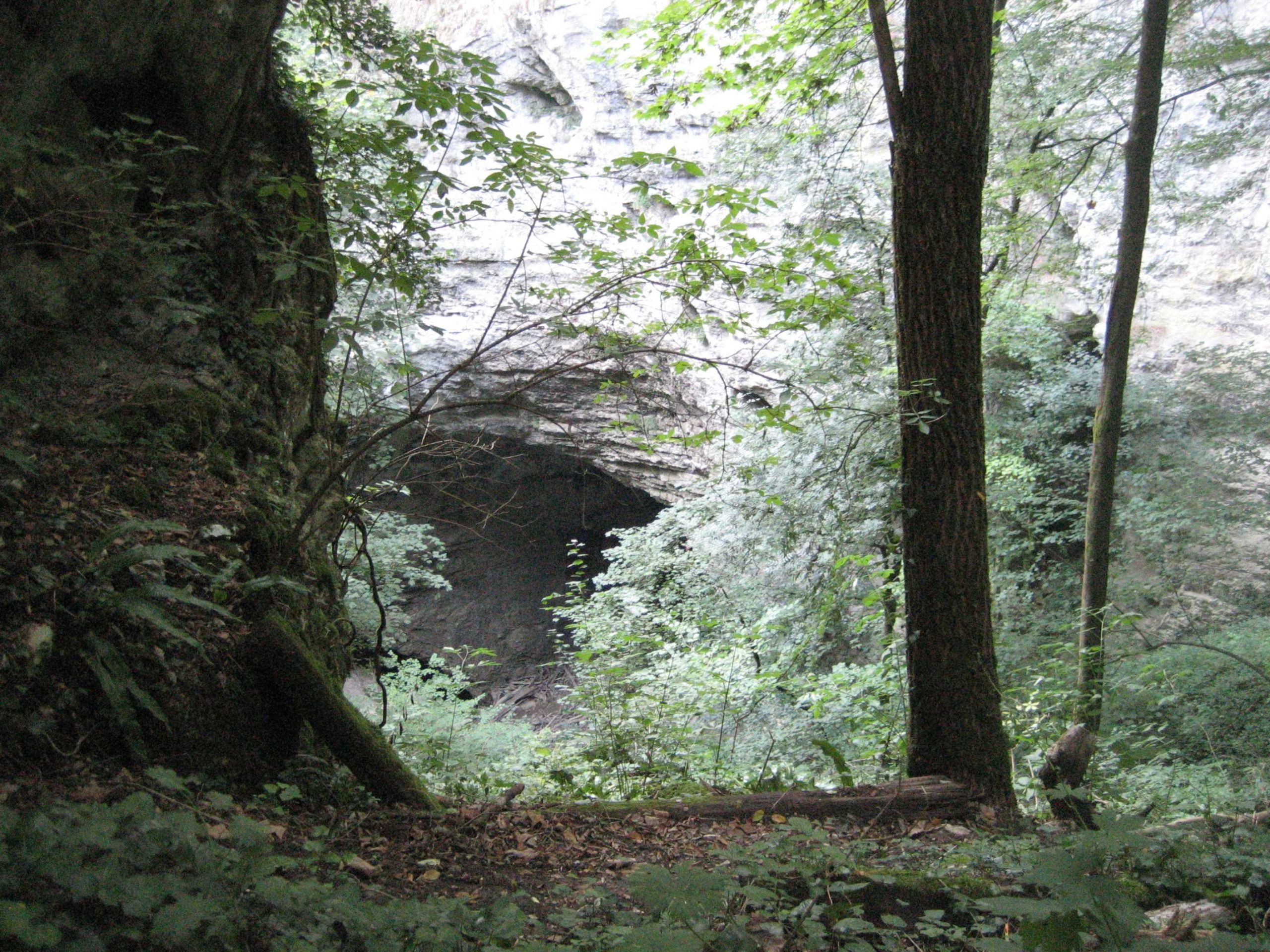
Pazin Pit
Other giants seem to have been more prone to construction than agriculture: they gathered in central Istria, each of them settling on a certain hill, and built the cities of Motovun, Grožnjan, Sovinjak, Završje, Roč, and Vrh. The legend has it the giants were so enormous in size, they were able to pass the stone blocks and tools to each other while perched on their designated hills.
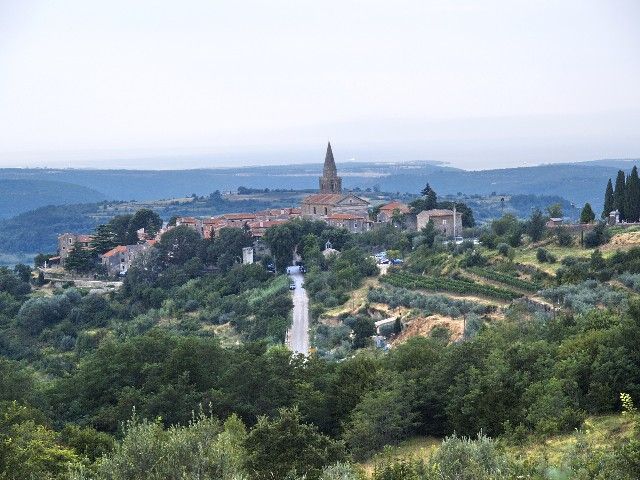
Grožnjan
After they were done building, they were left with some excess material, so they collected the remaining stones and assembled one last masterpiece: Hum, the smallest town in the world, which nowadays has a population of 21.
Nobody knows what came to be of the giants. Folk stories say the malicious human population poisoned and subdued the giants at one point in time, later making them tend to their fields, tame wild animals and carry out other challenging tasks. According to another story, gigantic skeletons were once found at the bottom of the river Mirna. The legend even made it into Croatian literature, having inspired writer Vladimir Nazor to pen the story of Veli Jože (Jože the Giant), a hard-working Istrian who led the uprising of giants and until he was the only one left to fight for his freedom.
Whatever you think of the legends, there’s an appeal to the enchanting Istrian towns that makes any ancient story believable. After all, there must be a reason why the region is known as terra magica – the land of magic.

